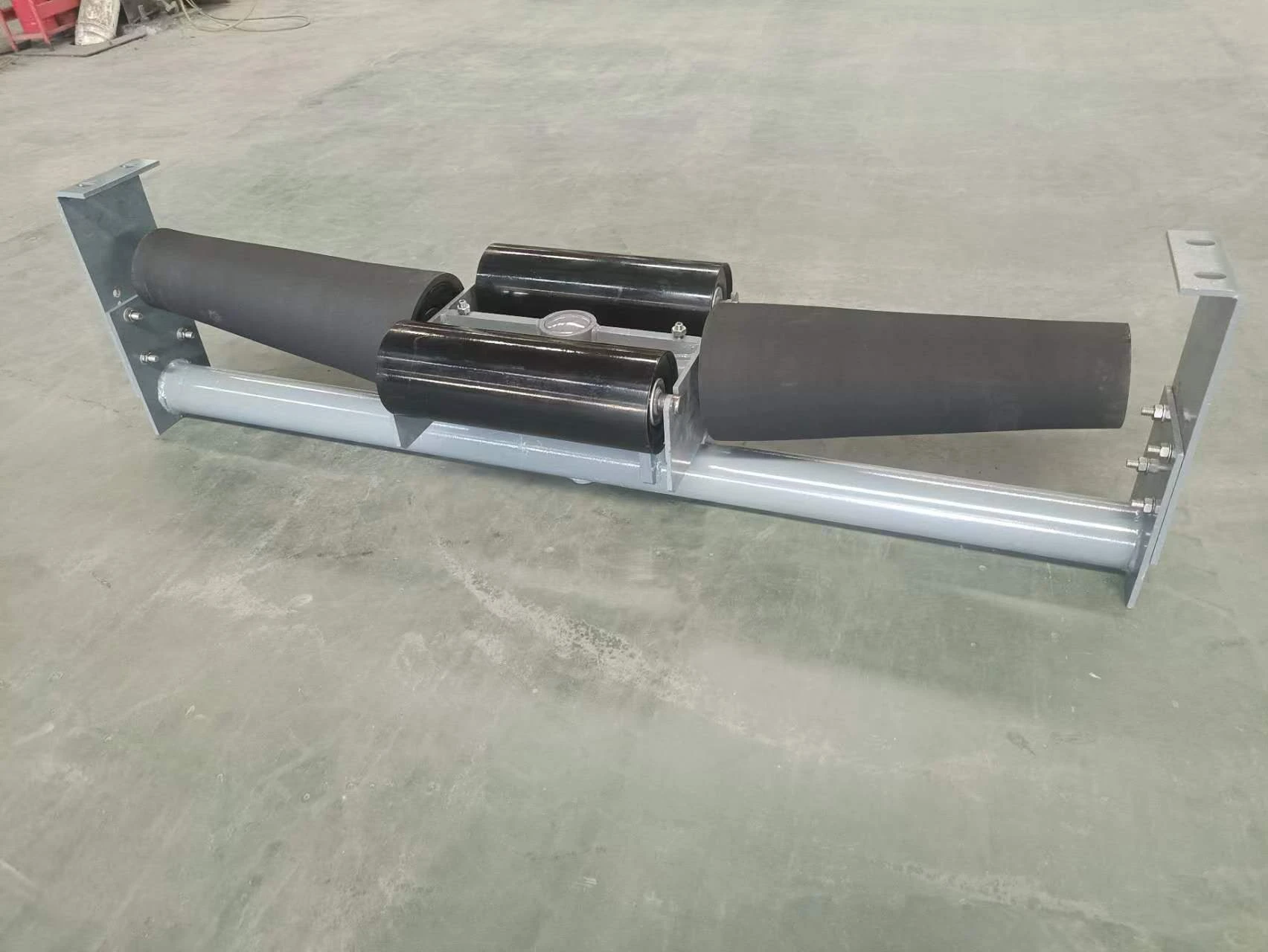 Afrikaans
Afrikaans  Albanian
Albanian  Amharic
Amharic  Arabic
Arabic  Armenian
Armenian  Azerbaijani
Azerbaijani  Basque
Basque  Belarusian
Belarusian  Bengali
Bengali  Bosnian
Bosnian  Bulgarian
Bulgarian  Catalan
Catalan  Cebuano
Cebuano  Corsican
Corsican  Croatian
Croatian  Czech
Czech  Danish
Danish  Dutch
Dutch  English
English  Esperanto
Esperanto  Estonian
Estonian  Finnish
Finnish  French
French  Frisian
Frisian  Galician
Galician  Georgian
Georgian  German
German  Greek
Greek  Gujarati
Gujarati  Haitian Creole
Haitian Creole  hausa
hausa  hawaiian
hawaiian  Hebrew
Hebrew  Hindi
Hindi  Miao
Miao  Hungarian
Hungarian  Icelandic
Icelandic  igbo
igbo  Indonesian
Indonesian  irish
irish  Italian
Italian  Japanese
Japanese  Javanese
Javanese  Kannada
Kannada  kazakh
kazakh  Khmer
Khmer  Rwandese
Rwandese  Korean
Korean  Kurdish
Kurdish  Kyrgyz
Kyrgyz  Lao
Lao  Latin
Latin  Latvian
Latvian  Lithuanian
Lithuanian  Luxembourgish
Luxembourgish  Macedonian
Macedonian  Malgashi
Malgashi  Malay
Malay  Malayalam
Malayalam  Maltese
Maltese  Maori
Maori  Marathi
Marathi  Mongolian
Mongolian  Myanmar
Myanmar  Nepali
Nepali  Norwegian
Norwegian  Norwegian
Norwegian  Occitan
Occitan  Pashto
Pashto  Persian
Persian  Polish
Polish  Portuguese
Portuguese  Punjabi
Punjabi  Romanian
Romanian  Russian
Russian  Samoan
Samoan  Scottish Gaelic
Scottish Gaelic  Serbian
Serbian  Sesotho
Sesotho  Shona
Shona  Sindhi
Sindhi  Sinhala
Sinhala  Slovak
Slovak  Slovenian
Slovenian  Somali
Somali  Spanish
Spanish  Sundanese
Sundanese  Swahili
Swahili  Swedish
Swedish  Tagalog
Tagalog  Tajik
Tajik  Tamil
Tamil  Tatar
Tatar  Telugu
Telugu  Thai
Thai  Turkish
Turkish  Turkmen
Turkmen  Ukrainian
Ukrainian  Urdu
Urdu  Uighur
Uighur  Uzbek
Uzbek  Vietnamese
Vietnamese  Welsh
Welsh  Bantu
Bantu  Yiddish
Yiddish  Yoruba
Yoruba  Zulu
Zulu Types of Conveyor Belt Rollers and Their Applications for Efficient Material Handling
Understanding the Various Types of Conveyor Belt Rollers
Conveyor belts are critical components in material handling and industrial processes. They play an essential role in transporting goods efficiently across varying distances and terrains. One of the core elements of any conveyor system is the conveyor belt roller. These rollers support the belt and play a crucial role in its overall performance and longevity. In this article, we will explore the different types of conveyor belt rollers, their functions, and their applications.
1. Straight Rollers
Straight rollers are the most common type of conveyor belt rollers. They provide the primary support for the conveyor belt and assist in the movement of material along the belt's length. Typically made from metal, these rollers are durable and can handle a significant amount of weight. Straight rollers are often used in applications involving bulk materials, such as coal, gravel, and aggregates.
These rollers can vary in diameter and length, depending on the design of the conveyor system and the materials being transported. In construction and mining industries, straight rollers are essential for maintaining the stability and alignment of the conveyor belt.
2. Return Rollers
Return rollers serve a specific purpose in a conveyor system they support the return side of the conveyor belt as it travels back to the loading point. These rollers are crucial for maintaining the tension and tracking of the belt, preventing it from sagging or misaligning. By ensuring that the return side operates smoothly, return rollers help extend the lifespan of the conveyor belt and improve operational efficiency.
Return rollers are often designed with various features, such as rubber coatings or grooves, to minimize wear and enhance grip. They are typically positioned at regular intervals along the conveyor's return path.
3. Impact Rollers
Impact rollers are specially designed to absorb shock and impact force from heavy loads dropped onto the conveyor belt. These rollers are usually located at loading points or areas where materials are transferred onto the belt. By dissipating the energy from heavy loads, impact rollers help protect the integrity of the conveyor system and prevent damage to the belt.
conveyor belt roller types

Constructed from robust materials capable of withstanding high impact forces, these rollers significantly reduce wear on both the belt and the structural components of the conveyor system. In industries such as mining and recycling, where heavy materials are common, impact rollers are indispensable.
Guide rollers are designed to help maintain the alignment and tracking of the conveyor belt. These rollers are often positioned at the edges of the conveyor system to prevent the belt from drifting off its designated path. Proper alignment is crucial for ensuring that materials are transported efficiently and that the conveyor system operates smoothly.
Guide rollers come in various designs, including angled and flat configurations, depending on the specific requirements of the conveyor system. Their installation reduces the risk of misalignment and minimizes wear on the belt and rollers.
5. Snub Rollers
Snub rollers are used to increase the contact angle between the conveyor belt and the drive pulley. By increasing this angle, snub rollers enhance the belt’s grip on the pulley, which helps improve the overall traction and drive efficiency. These rollers are crucial in situations where significant tension is required to transfer heavy loads.
Snub rollers can be positioned above or below the belt, depending on the conveyor design. Their strategic placement allows for better control of the belt's tension, which contributes to smoother operation and reduced risk of slippage.
Conclusion
The various types of conveyor belt rollers—straight, return, impact, guide, and snub rollers—are all integral to the functionality and longevity of conveyor systems. Each type serves a distinct purpose and has applications that cater to different industrial needs. Understanding the characteristics and functions of these rollers is vital for selecting the right components for any conveyor system, thereby ensuring efficiency, safety, and performance in material handling operations.
In conclusion, whether you are working in logistics, mining, manufacturing, or any other field that relies on conveyor systems, recognizing the importance of conveyor belt rollers will help you maintain optimal operational standards and extend the life of your equipment.
-
Revolutionizing Conveyor Reliability with Advanced Rubber Lagging PulleysNewsJul.22,2025
-
Powering Precision and Durability with Expert Manufacturers of Conveyor ComponentsNewsJul.22,2025
-
Optimizing Conveyor Systems with Advanced Conveyor AccessoriesNewsJul.22,2025
-
Maximize Conveyor Efficiency with Quality Conveyor Idler PulleysNewsJul.22,2025
-
Future-Proof Your Conveyor System with High-Performance Polyurethane RollerNewsJul.22,2025
-
Driving Efficiency Forward with Quality Idlers and RollersNewsJul.22,2025





























